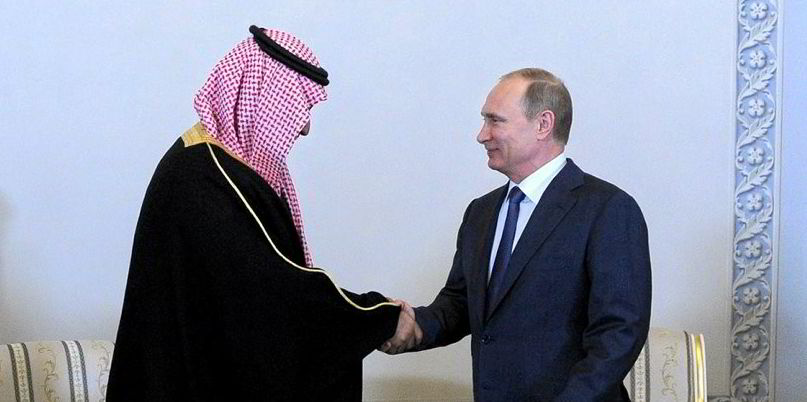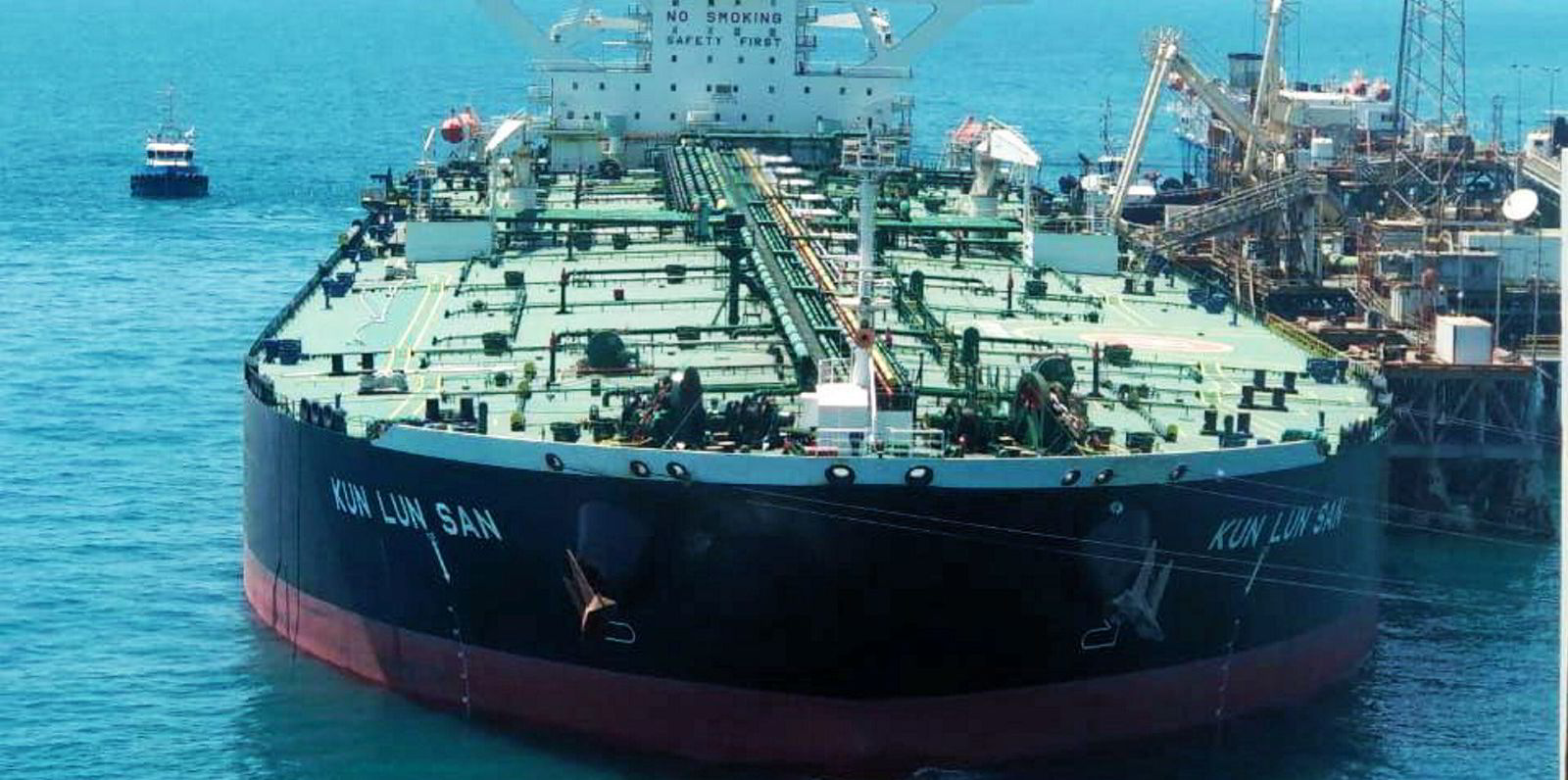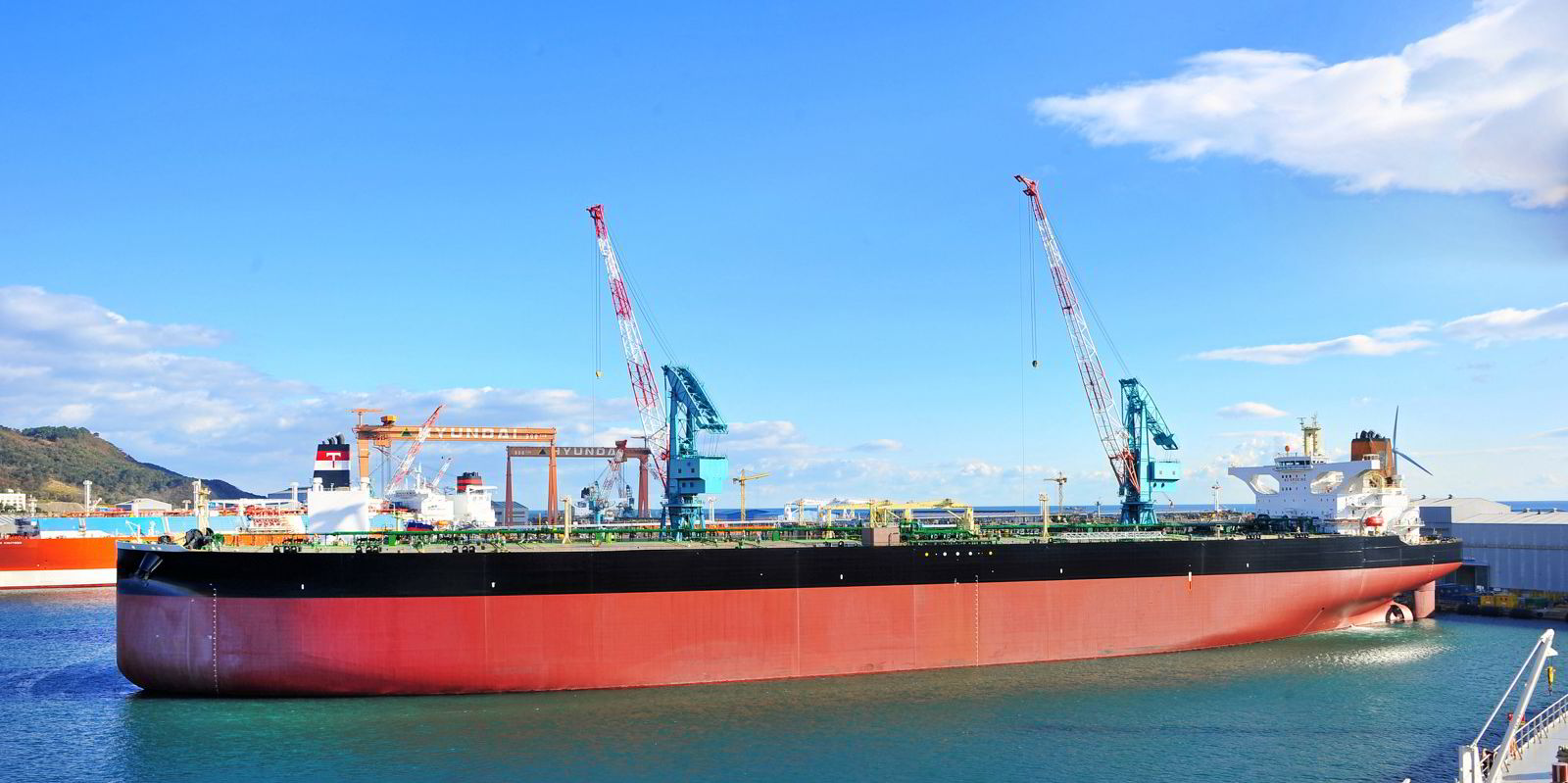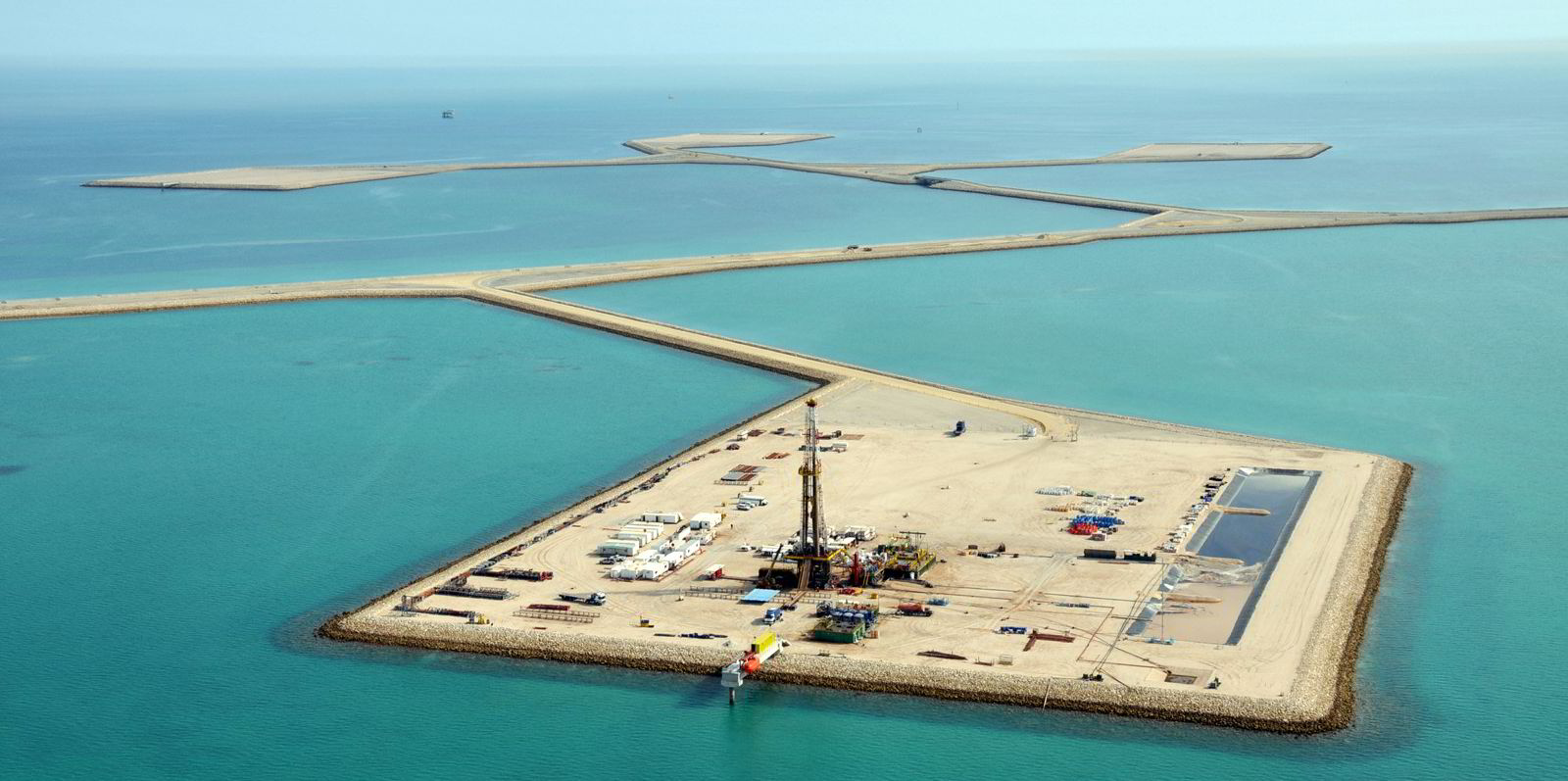Saudi Arabia has announced voluntary cuts of crude production in February and March to help Opec+ reach a supply deal, a surprise move set to dampen tanker markets.
With persistent oil demand worries, Saudi energy minister Prince Abdulaziz bin Salman Al Saud told a press conference on Tuesday that the de facto leader of Opec will reduce output by 1m barrels per day (bpd) to about 8.13m bpd in the two months.
Meanwhile, Russia and Kazakhstan will be allowed to hike production by a combined 75,000 bpd in February and the same amount in March.
Overall, the latest agreement is anticipated to exert downwards pressure on tanker markets, especially in the Middle East Gulf.
Most analysts believe tanker earnings will stay in the doldrums for the first half of 2021 at least, with tonnage oversupply and reduced shipping demand during the coronavirus pandemic.
“I'm…expecting for all tankers essentially six to eight months of hardship,” shipbroker BRS head of research Andrew Wilson said.
“We're very, very, very conservative and bearish on our short-term outlook,” he said. “It's only really towards the end of the year that I start to see strength.”
Bin Salman Al Saud said Saudi Arabia was making the cut the help draw down inventories sharply in what should be considered as a goodwill gesture.
Red flag?
"On the other hand, it could also be viewed as a red flag in terms of what the actual underlying demand really is," said Fearnley Securities.
The investment bank added: "Assuming this is just a measure to ensure a swifter market rebalancing, the cut is certainly positive from an oil market point of view inventory draws now expected well in excess of 1m b/d for the first nine months of the year."
Fearnley added that while negative for tankers in the short-term due to lower volumes, it views the move as "a positive longer-term".
The cut sets the stage for a more sustained recovery down the road, analysts Espen Landmark Fjermestad, Peder Nicolai Jarlsby and Ulrik Mannhart said.
"We are also likely to see the inflection point of that sustained recovery earlier than what would have been the case should Opec+ maintain its current/expected trajectory," they added.
"As such, we continue to see first-half headwinds which should turn to strong tailwinds on the latter half of 2021."
Saudis play the role of ‘guardian’
The unusual deal came after Opec and its Russia-led allies, also known as Opec+, failed to make progress during Monday’s virtual meeting over next month’s supply level.
Most in the negotiations had wanted to maintain their output amid renewed Covid-19 outbreaks in Europe, the US and some Asian countries, but Russia and Kazakhstan sought to pump 500,000 bpd more.
“There is still a lot more positivity in two to three months’ time as we get to spring and more vaccinations take place,” Gibson Shipbrokers research head Richard Matthews said.
“But pandemic in the short term has got worse, not better since the last Opec+ meeting [in December].”
In the end, Saudi Arabia managed to bring everyone on board by surprisingly cutting its own supply.
“What we are doing today is not a compromise, it’s not a little tweak,” Bin Salman Al Saud said. “We are doing it unilaterally.”
The official said his country made the move to help the global oil market continue to destock and fellow Opec+ members manage their budget issues.
“We are the guardian or the [oil] industry,” he added.
Opec+ will hold its next ministerial meeting on 4 March to discuss production levels from April and onwards.
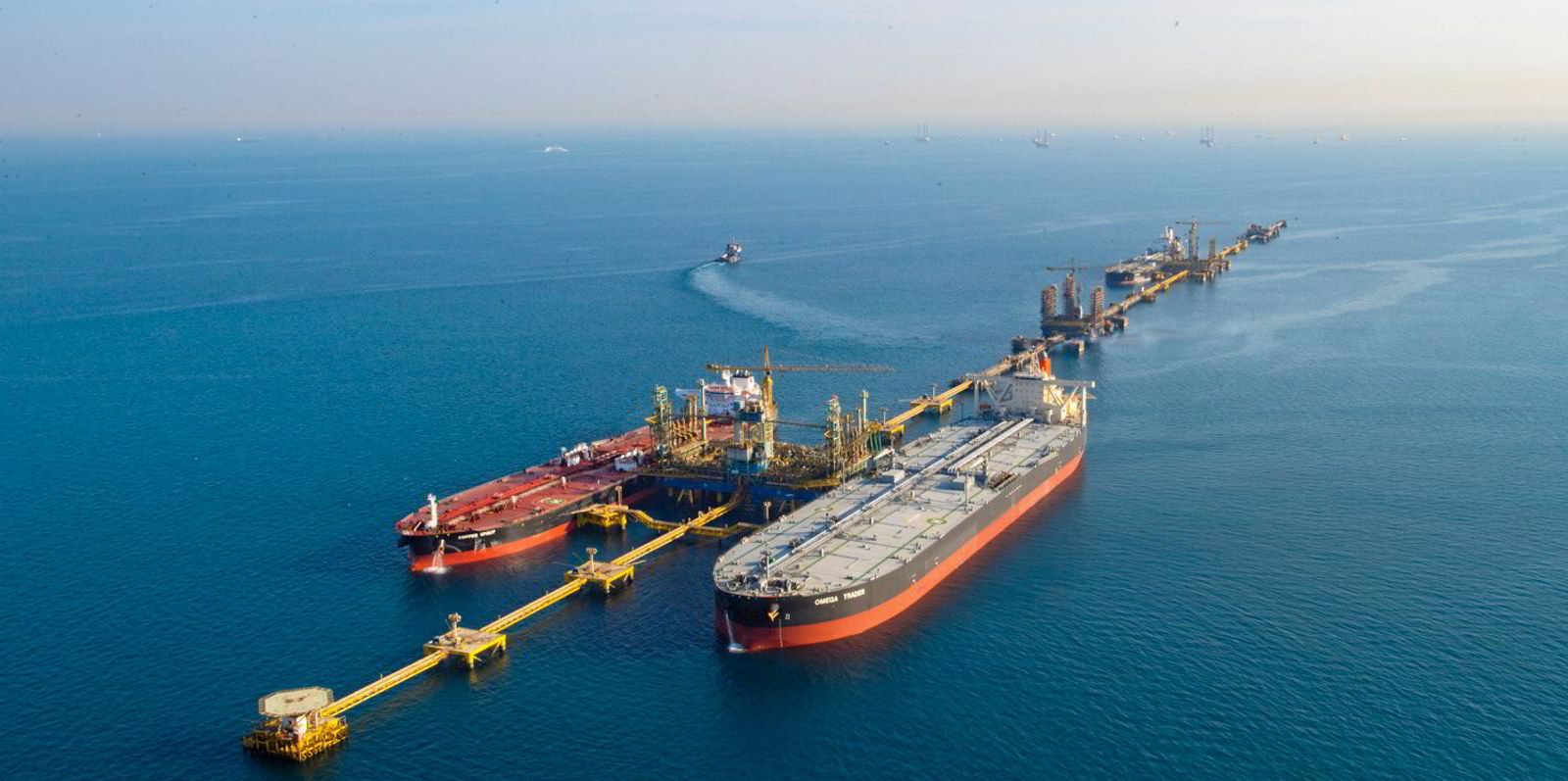
Reduced floating storage
Prompt oil prices have received a boost from the Saudi reduction, keeping the futures curve in small backwardation.
This will provide incentives for oil firms to draw down their inventories at sea, but the destocking pace is affected by lacklustre demand during the pandemic.
“It's coming ashore, but…pretty slowly,” said Wilson, adding that he expected the oil markets to remain backwardated for “pretty much all of 2021”.
He suggested the stocks will continue to fall steadily for the next six months to levels seen at the beginning of 2020, close to the long-term historical average.
Clarksons Platou Securities estimated 84 VLCCs were used as floating storage as of Tuesday, down from 92 in early December and 110 in early November.
With shipowners still reluctant to scrap their old vessels, most tankers released from floating storage have returned to the charter market, resulting in severe oversupply.
“You not only lose cargos because oil in storage is replacing imports, but you also release the tonnage into the into the market,” Wilson said. “We expect [things] to be difficult over the short term.”
